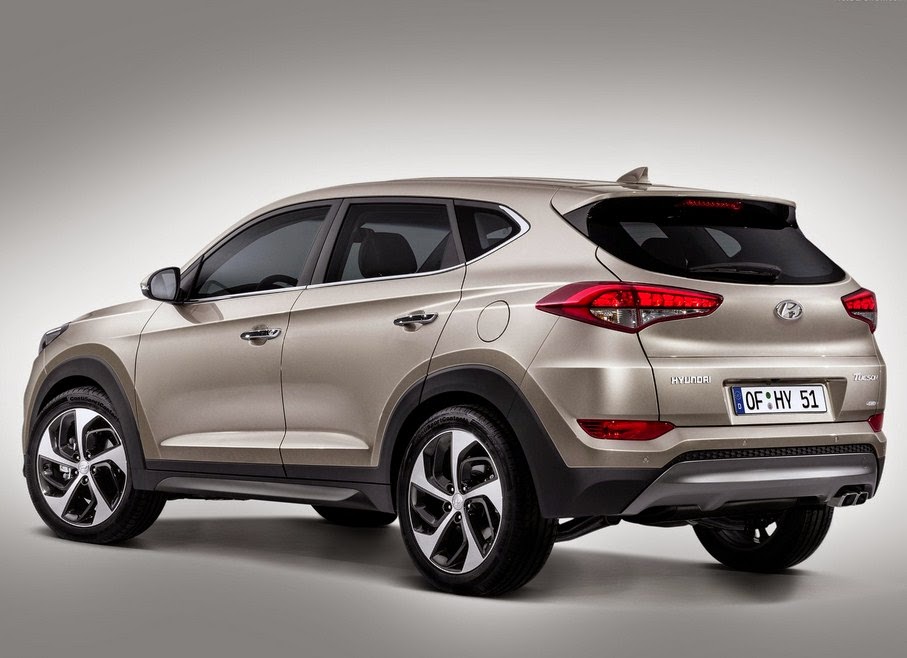Man sagt, man darf sich nie mit Dingen anlegen, die nicht kaputt sind, und der Santro war nur eines dieser Dinge. Seit seiner Markteinführung im Jahr 1998 hatte der Santro seine Prioritäten klar gesetzt, ein erschwinglicher und stilvoller Familienwagen zu sein, und er hat sich einen hervorragenden Ruf erworben, indem er einer war. Im Laufe des Jahres 2018 versprach Hyundai, den Kleinwagen in einem brandneuen Avatar zurückzubringen. Und schließlich, nach einer Million Spionagen, durchgesickerten Informationen und was nicht, ist es endlich soweit. Hyundai mit dem Codenamen AH2 spielte mit vielen verschiedenen Namen für die kompakte Luke herum, aber laut einer Umfrage entschieden sich 66 Prozent der Leute, sich an den beliebten Santro zu halten, und so nennt Hyundai es genau. Wir gingen zu Hyundai’s Werk in Chennai, um einen genaueren Blick auf Hyundai’s beliebtes Familienauto zu werfen und hier ist, was wir denken.

Wie ich bereits erwähnt habe, waren die Prioritäten des Santro immer klar und stilvoll. Während das Originalauto den „Tall-Boy“-Trend auslöste, war es nicht das ansprechendste Design. Mit dem neuen Auto wollte Hyundai die Silhouette des Tall-Boy beibehalten, aber gleichzeitig die damit verbundene Eigenart beseitigen. Die meisten von ihnen waren erfolgreich. Das neue Auto hat ein ansprechendes Design, das vielleicht nicht von allen geliebt wird, aber auch nicht gehasst wird.
The front with the swept back headlights and the new cascade grille looks a little confused. It’s like Hyundai tried to mix the best bits of the i10 and the Grand i10. The side profile with the boomerang crease near the front fender and the kink at the rear window-sill frankly looks like Hyundai tried a little too hard. We weren’t allowed to click pictures and hence you see just these two official pictures provided by Hyundai with more coming on the launch on 23rd October. Hyundai did not want to make the same mistake it did with the Eon which was too radical for its segment and as a result they have played it safe with the new Santro.
Hyundai had pretty much covered up the dashboard too. But we did get a feel of space and quality. Taking centre place in the dash is a 7-inch touchscreen infotainment system, which seems to be borrowed from the Grand i10 and that’s a good thing. The steering wheel comes from the borrowed parts bin too and gets audio and telephony controls to play with. No climate control on offer but Hyundai has worked hard on the cooling with a 135cc compressor and increased blower capacity. Rear passengers get cooling vents too.
Driving position is pretty high up and as a result visibility is top notch which will make it easier for the new drivers. While the seats are broad and spacious, neither the front nor the rear seats get adjustable headrests. I did manage to get into the rear bench for a bit and legroom seems to be plenty even for tall passengers. Hyundai seems to have packaged the interiors quite well. Quality levels seem very good to and we think will be the best in its segment.
Powering the Santro is the same 1.1-litre, 4-cylinder engine that also did duty in the i10. What is refreshing to see is that Hyundai hasn’t skimped on a cylinder in a bid for better refinement and refined the Santro feels. The engine feels extremely smooth across the rev range with none of the three cylinder thrum that we are used to experiencing from the more common 3-cyclinder engines. Shifting duties are handled by a 5-speed manual or an in-house developed AMT gearbox. Since it was a very short drive all we can say is that the gearbox works extremely well with minimal head throb between shifts.


